Let’s face it, aphids have been a thorn in the side of gardeners across the globe for decades. These pesky insects can take a toll on a variety of plants and even kill off younger or weaker ones entirely. While having some aphids present in your garden isn’t a great cause for concern, large numbers can be very damaging and difficult to control. Here are 20 plants you can add to your garden that repel aphids naturally and offer a wealth of different benefits.
1. Dill
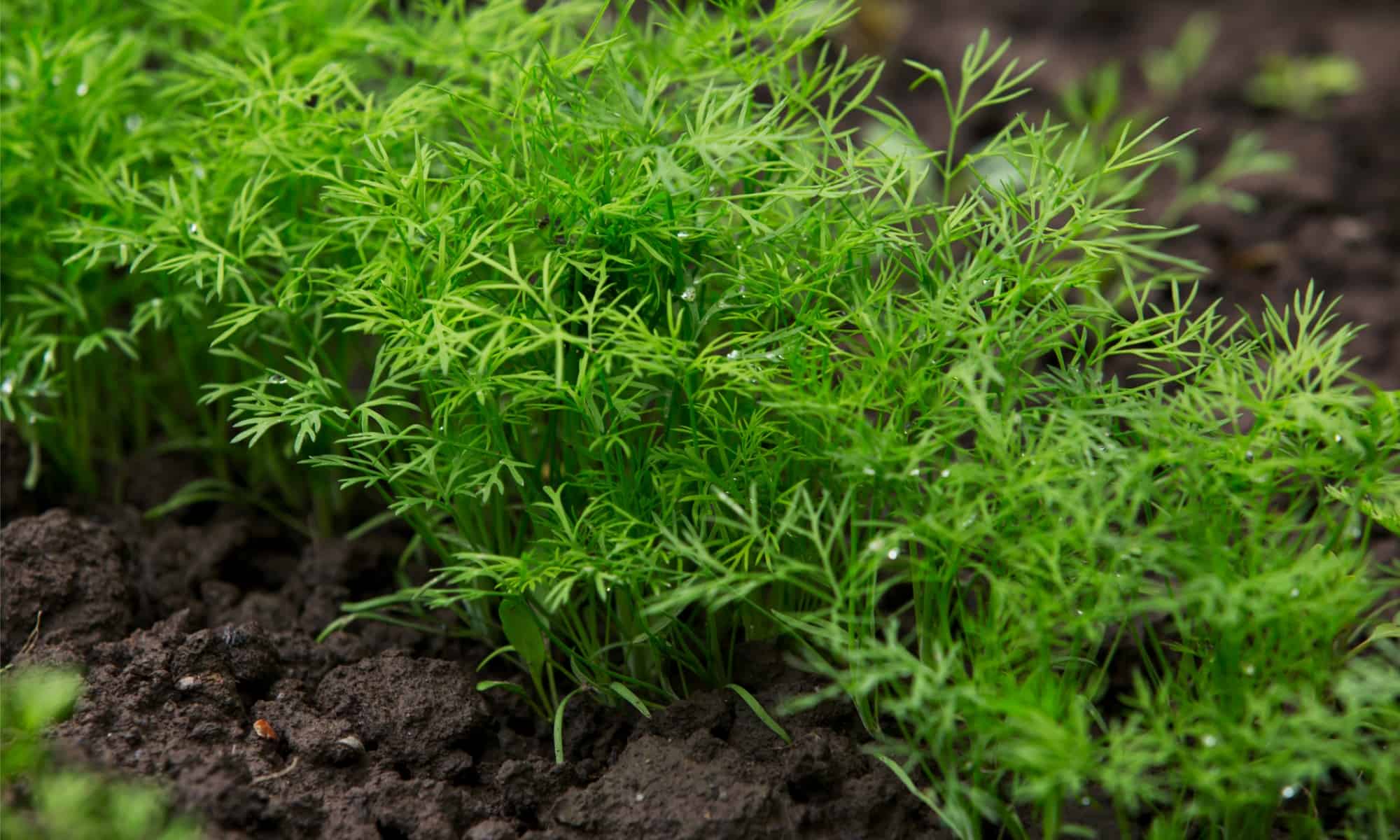
Dill is a popular component in a variety of dishes.
©iStock.com/DevidDO
It’s no secret that aphids have a strong distaste for many herbs. Dill is among these, and in addition to being a powerful repellent, it’s also delicious and healthy.
2. Onion

Eating onions can improve your immune system.
©Dominique James/Shutterstock.com
For many, onions are a kitchen staple. Growing these will help keep aphids at bay and keep your pantry stocked.
3. Rosemary

Planting rosemary will give your garden a fragrant aroma.
©wmaster890/ via Getty Images
Strong-scented herbs like rosemary are among some of aphids least favorite plants.
4. Garlic
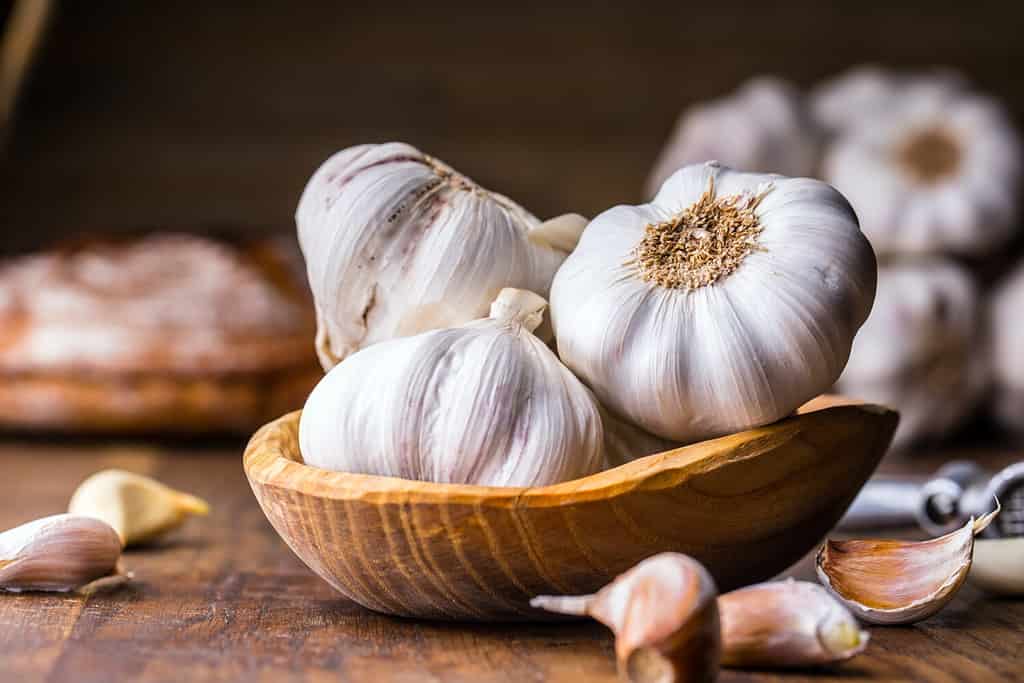
Garlic is rich in Vitmins B6, Vitamin A, and Vitamin C.
©Marian Weyo/Shutterstock.com
Similarly to onions, aphids dislike the fragrance of garlic. Planting this will help keep them far away from the other vegetables in your garden.
5. Mint

Growing a small herb garden will keep many pests away.
©Tatevosian Yana/Shutterstock.com
Mint has been used as a popular natural insect repellent for years. After harvesting, gardeners can combine the leaves with other ingredients such as water and vinegar to create a bug spray.
6. Basil
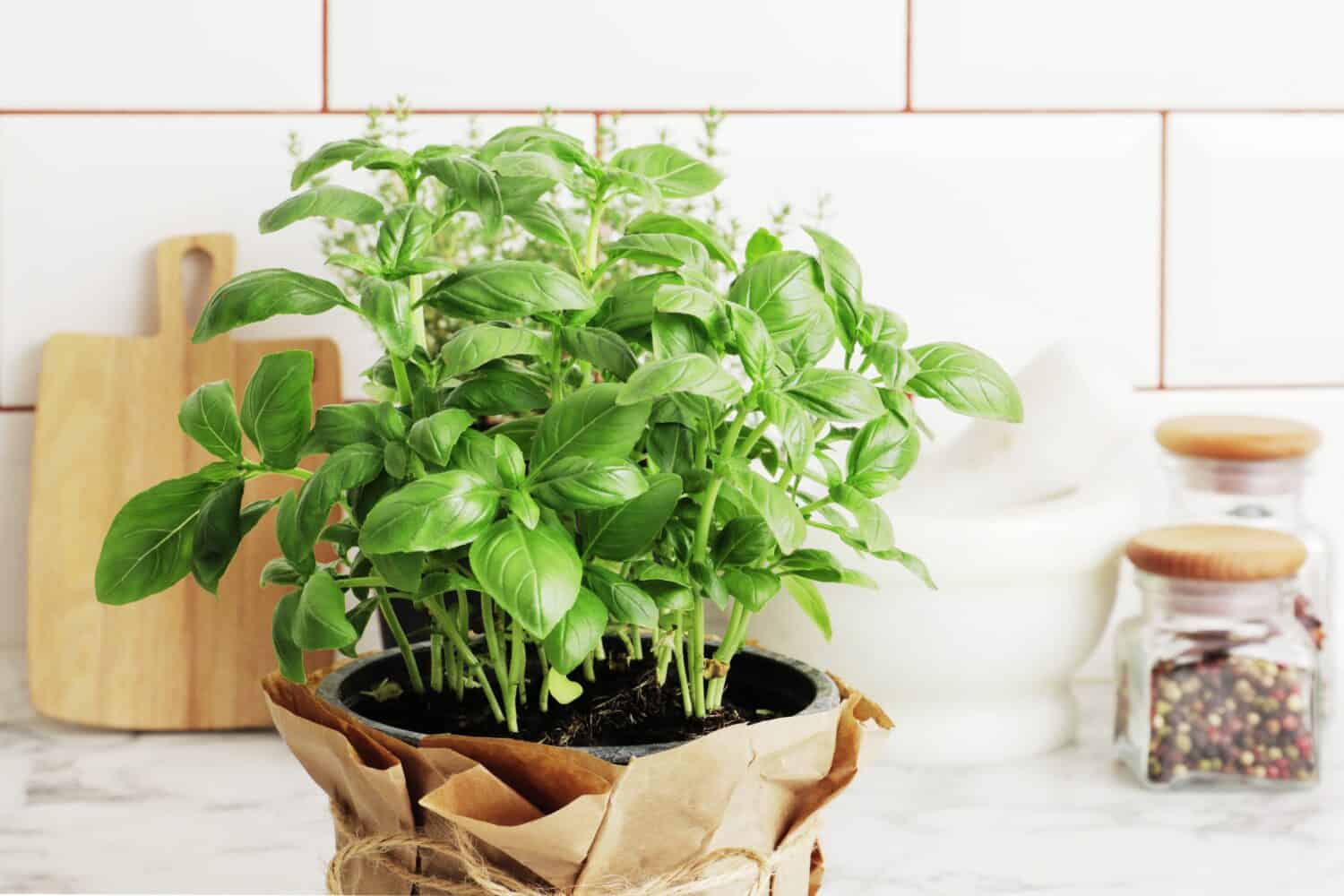
In addition to being nutrient-dense, basil is also delicious.
©PandaStudio/Shutterstock.com
Basil is a very effective repellent and a popular component in many recipes, so why not grow some and kill two birds with one stone?
7. Lavender
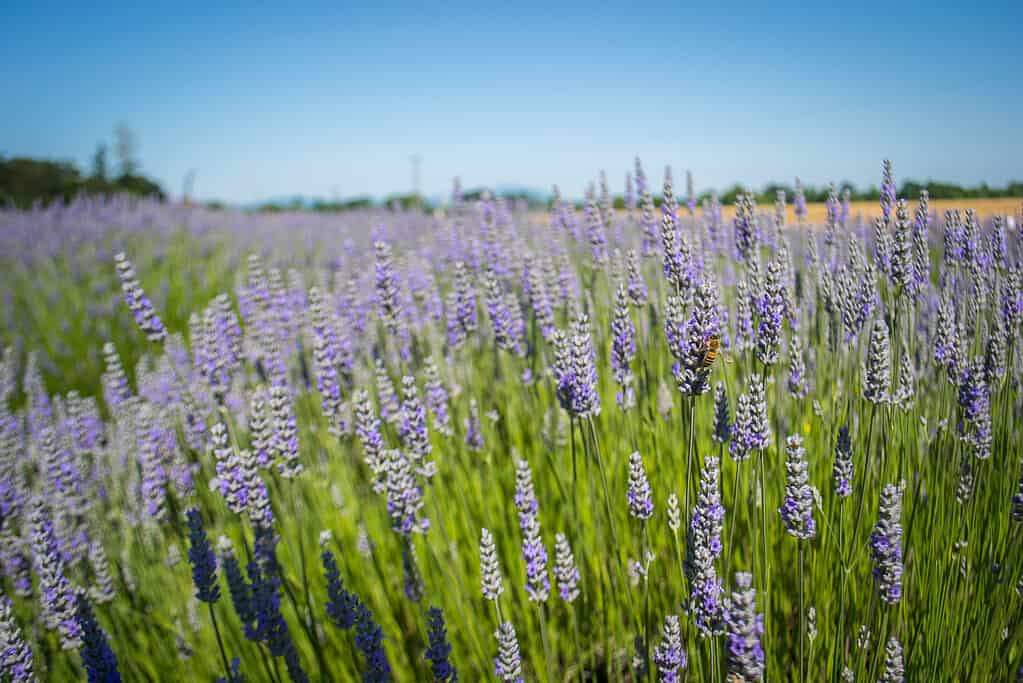
Lavender oil is quick and easy to make.
©Visitor7 / CC BY-SA 3.0 / via Wikimedia Commons - Original / License
Many people agree that the scent of lavender is incredibly relaxing. However, it seems to have the opposite effect on aphids, making this plant a win-win.
8. Leeks
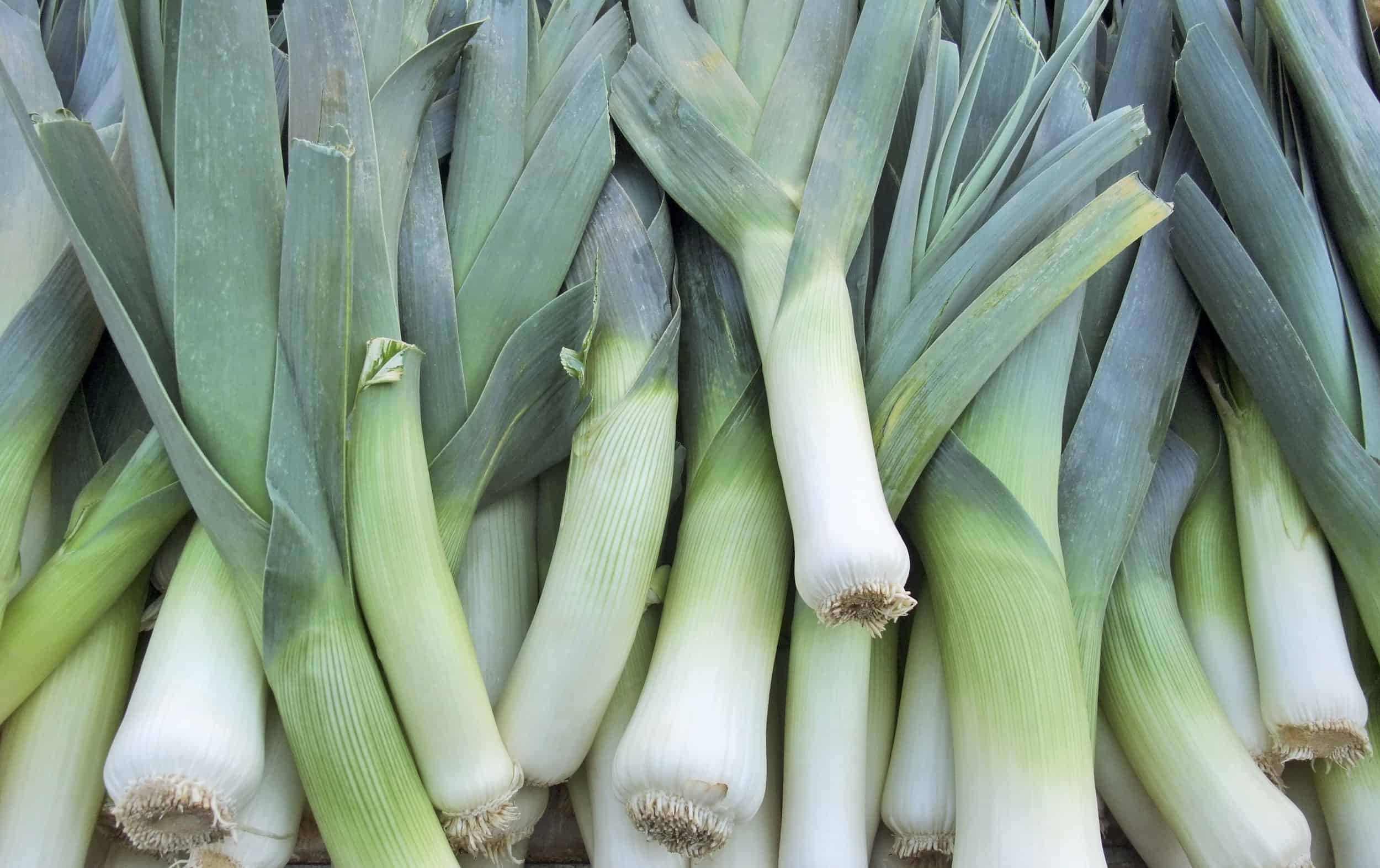
In comparison to onions, leeks have a less intense flavor.
©iStock.com/prill
Much like onions and garlic, the aroma that leeks exude is a bit too strong for many insects’ tastes.
9. Lemongrass

In addition to being used as a flavoring component, lemongrass is also medicinal.
©NIKCOA/Shutterstock.com
Lemongrass is a popular herb used in a variety of cooking. Adding this strong scent to your garden will repel a variety of pest insects, such as flies, mosquitoes, aphids, and fleas.
10. Nasturtiums

Nasturtiums are sometimes nicknamed the “trap crop.”
©Nadya So/iStock / Getty Images Plus via Getty Images
Unlike other repellents we’ve discussed today, nasturtiums are beneficial for a different reason. This plant is beloved by aphids, and many gardeners plant it hoping that the aphids will choose it instead and ignore other more important vegetables in their garden.
11. Sage

Many gardeners agree that growing sage is low maintenance.
©Muthita Panphloi/iStock via Getty Images
Sage is a wonderful herb that has the ability to naturally repel aphids, lower cholesterol, improve immune function, improve memory, and relieve inflammation.
12. Catnip
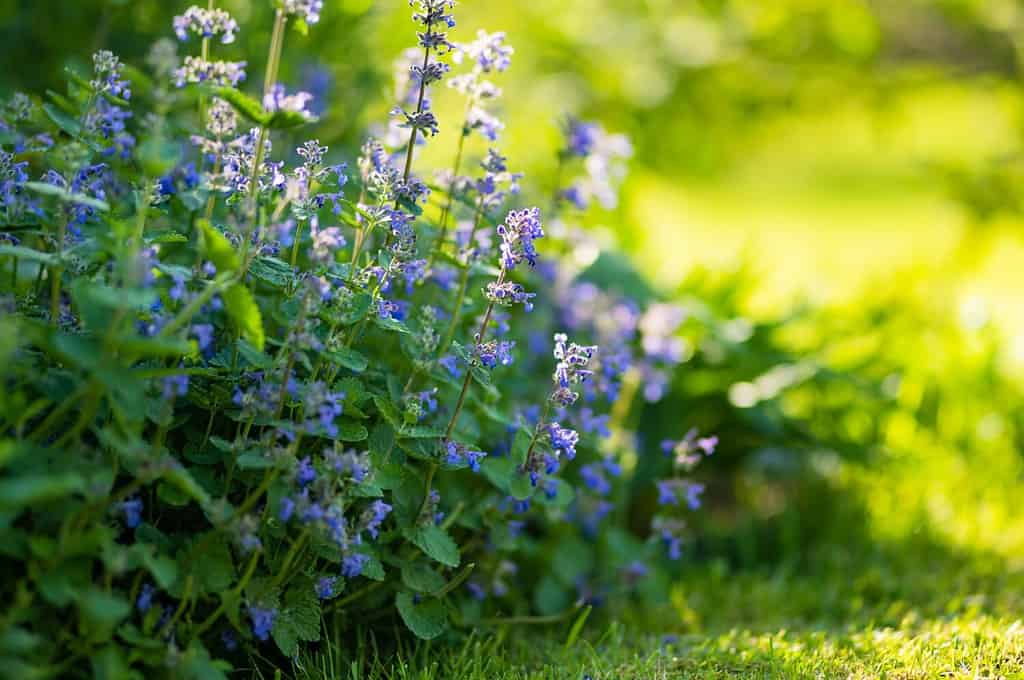
Not every cat will have a strong response to catnip.
©MNStudio/Shutterstock.com
Cat lovers and aphid-hating gardeners alike will be delighted to learn that growing catnip at home is quick, easy, and stress-free.
13. Garlic Chives
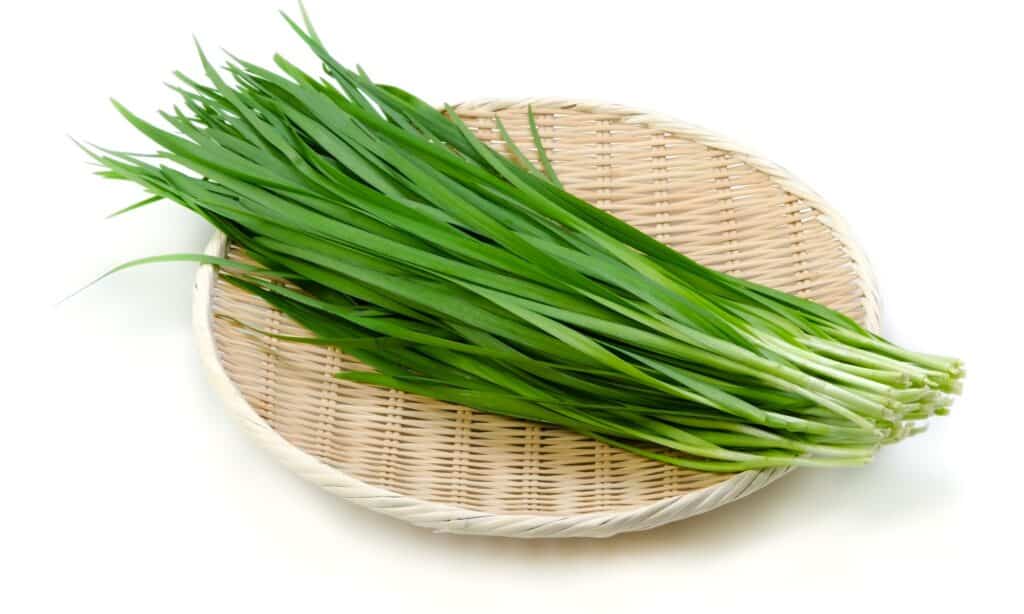
Chives typically taste more similar to onions whereas garlic chives take on more of a garlic flavor.
©iStock.com/eye-blink
According to Heritage Garden, “Garlic chives discourage the spread of Japanese beetles, slugs, aphids and cabbage worms, so place them where plants in full sun have a problem with these insect infestations.”
14. Fennel
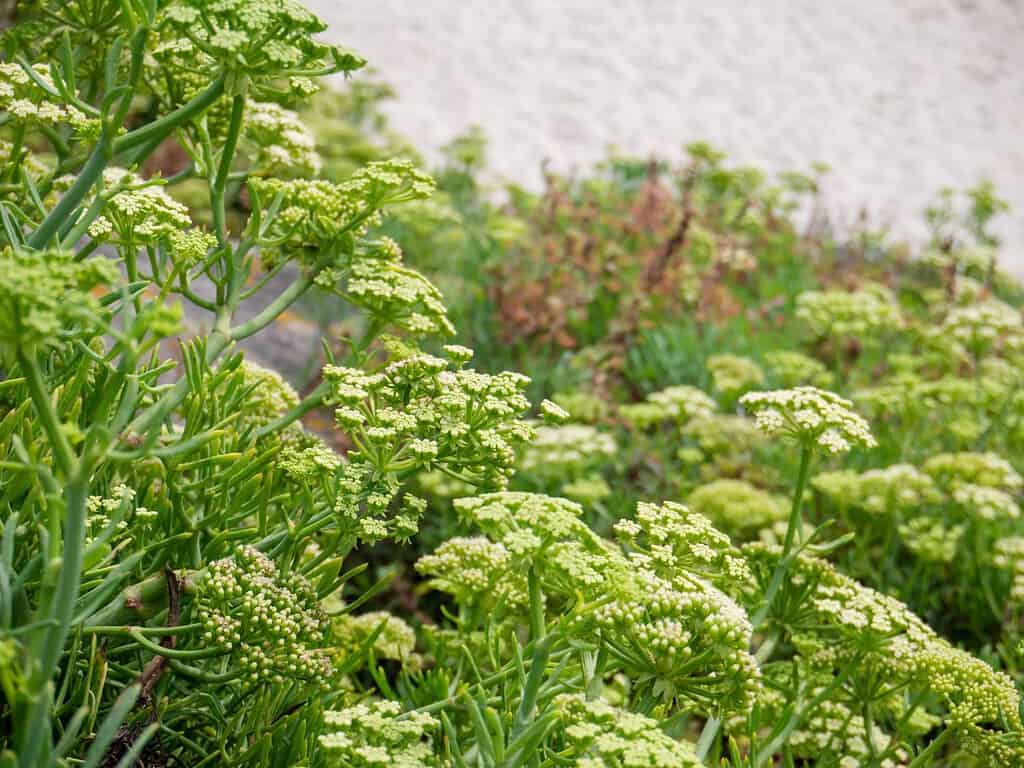
Those looking for a rich source of Vitamins B, A or C should consider growing fennel.
©Svetlana Zhukova/Shutterstock.com
Fennel is known to repel snails and slugs in addition to repelling aphids.
15. Thyme

The flavor of fresh thyme is stronger than dried thyme.
©pilialoha/Shutterstock.com
Thyme, like many other strongly scented herbs, deters a variety of insects from any garden.
16. Oregano
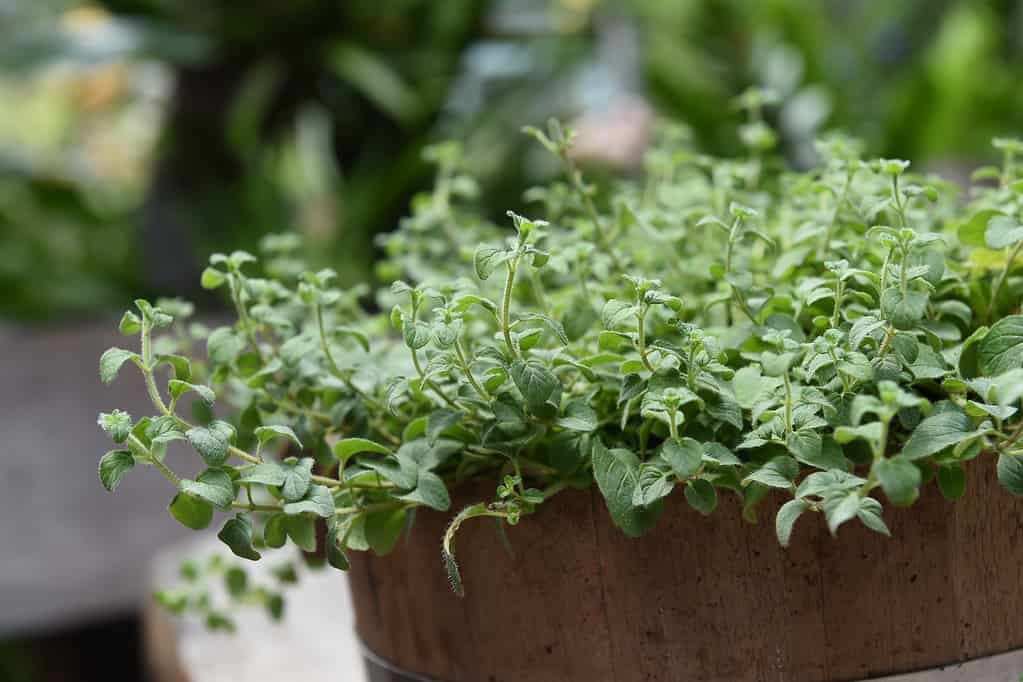
When it comes to popular cooking herbs, oregano is one of the top contenders.
©nimon_t/iStock / Getty Images Plus via Getty Images
By this time, you may have noticed a pattern in many of the entries on this list. Generally speaking, aphids can’t stand herbs, so plating a large, varied herb garden is a surefire way to guarantee these little creatures stay far away.
17. Cilantro
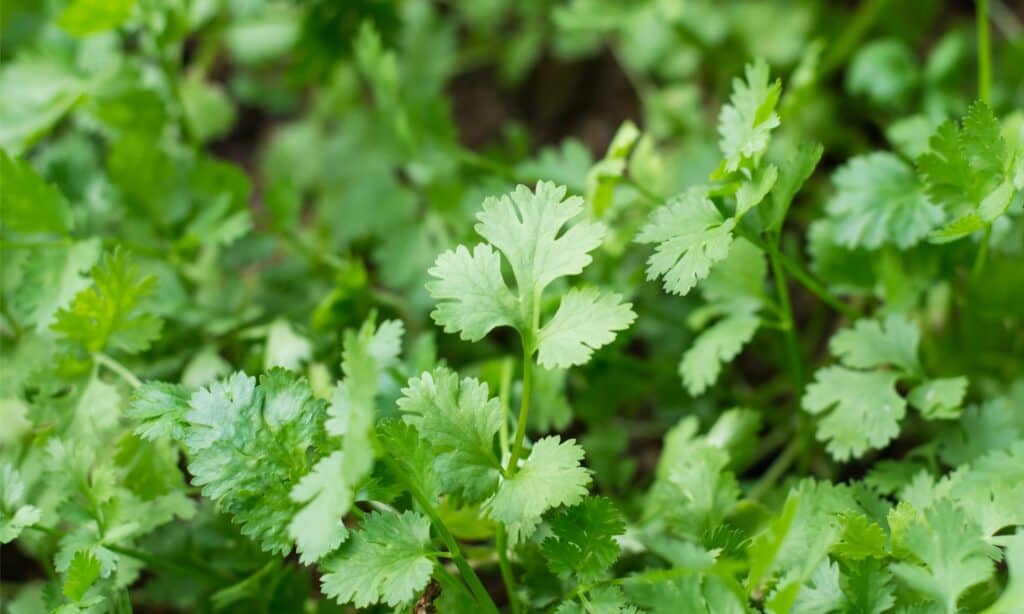
In addition to repelling aphids, cilantro also attracts their main predator, ladybugs.
©iStock.com/Tevarak
Cilantro can be a divisive herb, while some people can’t get enough of it, others argue that the taste is similar to soap. However you feel, one thing is for certain: this plant is one that aphids can’t stand to be around.
18. Yarrow

Yarrow also attracts insects like butterflies, moths, and bees.
©iStock.com/Silviu Carol Cenusa
Instead of acting as an aphid repellent, yarrow instead acts as a ladybug attractor. Ladybugs are one of the aphids’ primary predators, so planting things that they like will inevitably help stunt the aphid population in your garden.
19. Geraniums

Most species of geranium prefer full sunlight areas.
©Mayerberg/ via Getty Images
Similar to cilantro and yarrow, geraniums are another plant that ladybugs love. Planting this will bring them to your garden and help keep the aphid population under control.
20. Petunias

If you’re looking for an affordable flower that’s also functional, petunias are the perfect fit.
©Deniss Grigorjevs/Shutterstock.com
Petunias add a pop of vibrant color to any garden, and they also act as a natural repellent. In addition to being disliked by aphids, tomato hornworms, and beetles tend to stay far away from them as well.
The photo featured at the top of this post is © stockcreations/Shutterstock.com
Thank you for reading! Have some feedback for us? Contact the AZ Animals editorial team.







